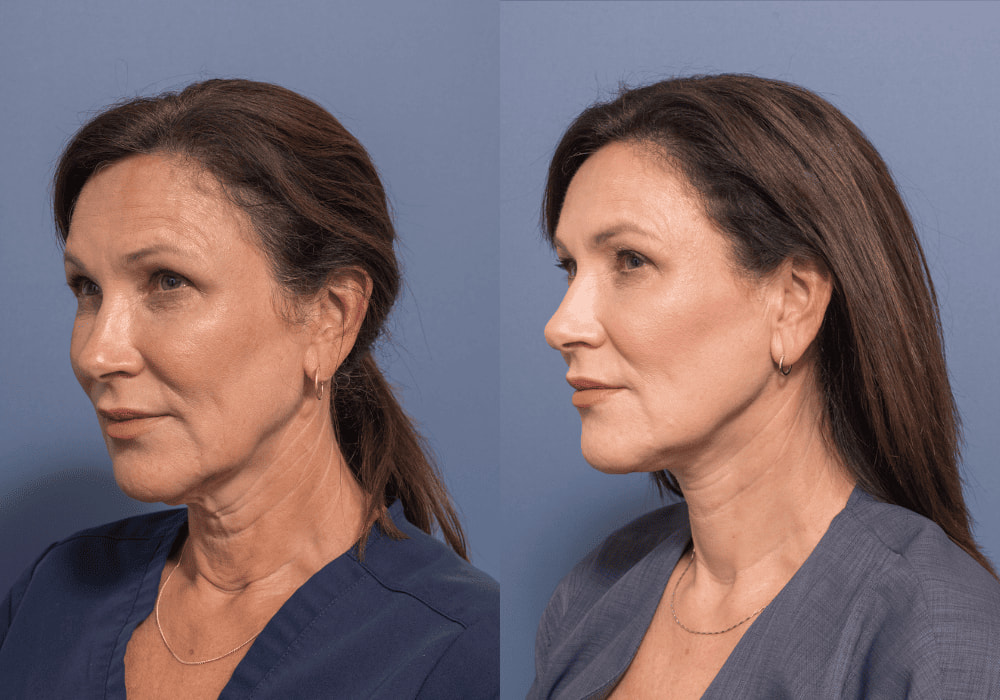
Cartilage Grafting in Rhinoplasty: A very effective procedure when cartilage is necessary for your rhinoplasty
Overview of cartilage grafting in rhinoplasty
In most open rhinoplasty cases, cartilage grafting is required to restore beauty and function to the nose. In most cases, cartilage can be harvested from the back of the nose (the septum), however, in some cases the cartilage from the back of the nose is deficient or cannot be used. This may be due to prior trauma, severe deviations of the septum or prior surgery.
In situations where further cartilage is required but it cannot reliably be taken from the back of the nose, the surgeon must look at other options. Generally, these options include harvesting cartilage from your own ear or rib, or using irradiated cartilage from another human (cadaveric rib graft)
Using your own cartilage
Autologous cartilage harvest refers to cartilage that is harvested in an operation from your own rib or ear and is a common technique used in revision rhinoplasty and some primary rhinoplasty surgeries to correct or preserve the nasal anatomy.
The amount of cartilage that can be harvested from the rib or ear will depend on the individual’s individual anatomy and the surgeon’s discretion. However, in general, a rib graft can provide more straight and strong cartilage than an ear graft which is inherently curved.
During the procedure, the surgeon will make a small incision in the skin over the rib or ear and remove a section of cartilage. The incision will then be closed. The harvested cartilage is then shaped and carved to fit the specific needs of the individual’s nose.
Cartilage grafting provides rhinoplasty surgeons with the ability to optimise both the aesthetic and functional outcome of the surgery. For example, if the individual has breathing difficulties due to a severely deviated septum, a rib graft can be used to rebuild the septum and restore proper breathing function. Additionally, cartilage grafts can be used to refine the nasal tip, add projection to the nasal tip or bridge, and straighten a crooked nose.
Using donor rib cartilage
Another option as a cartilage graft material is an irradiated homologous rib graft known as donor rib cartilage. This graft has been irradiated and therefore there is no risk of transmission of microorganisms or other diseases from the graft. Also, since this is not a transplant there is no risk of rejection and therefore transplant medications are not required to be taken.
The benefits of donor rib cartilage are:
- No risk of infection – clinical studies have proven it to be a very safe and effective cartilage grafting material
- No chest scar or pain from the chest incision
- Reduction in operative time
- No difference in warping or reabsorption of the cartilage compared to harvesting your own cartilage
- It is generally covered by private health insurance
Some individuals have personal or religious reasons for not wanting to use this graft. Dr. Honeybrook has used this graft for many years and highly recommends using this graft over harvesting your own rib. There are some instances where your own rib is a more favorable option, however, Dr. Honeybrook will discuss this with you in detail during your rhinoplasty consultation.
Note: Any surgical or invasive procedure carries risk. These risks will be discussed with you in detail during the consultation. For further information on risks please refer to the patient resources section of the website.





